At Precision Marketing Group, we work on projects for some of the UK’s leading businesses and charities. From website development and social media, to direct mailers and product launch campaigns, we cover a wide range of marketing areas both online and off. With this we use, and hear A LOT of marketing terms.
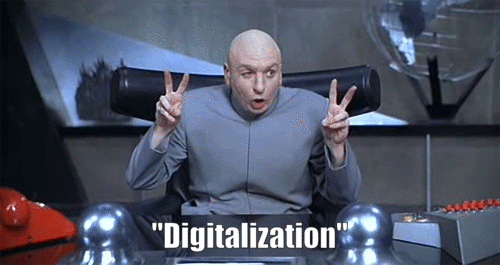
From CTR to PPC, we thought it was time to create a blog post that could clear up some of the most common terms you will hear when talking about digital marketing.
Now, we’re not going to throw hundreds of terms and acronyms your way, so we’ve narrowed them down to the top 24 terms that are vital to anyone learning about marketing.
A/B Testing
Comparing two variations of the same variable in order to conclude which performs better, and helps work towards improving your marketing efforts. This is most commonly seen in email marketing and landing pages; testing two different types of copy to see which achieves better engagement from reader.
Analytics
From website visits to social media engagement, the analytics of these initiatives allow you to gain better insights on your marketing performance enabling you to make better informed marketing decisions.
B2B (Business-to-Business)
A company that sells to other companies.
B2C (Business-to-Consumer)
A company that sells directly to consumers. For example, Amazon, Topshop and Tesco’s are predominantly B2C companies.
Business Blogging
Business blogging is a key inbound marketing component that companies use to gain more visibility online. Blogs are typically found on part of a company’s website and can accomplish several tasks simultaneously – from growing website traffic to lead generation.
For example, you are currently reading a blog post – a short piece of content that has been posted on our blog.
Bounce Rate
The number of people who land on a page on your website, but leave without going to another or clicking a link on your website.
Email Bounce Rate
The number of emails that were unable to be delivered to a recipient. There are two types of email bounces;
Soft bounce – the email couldn’t be delivered because the recipient’s inbox may be full, or the email file may be too large to send. If an email soft bounces, the recipients email provider will try to resend the email over a period of a couple of days.
Hard bounce – the email will not be able to be received by the recipient. There are a lot of reasons why the email could have hard bounced, from an invalid email address to being blocked by the recipient. But it is best to remove the email address from your database.
Tip – if you continue to send emails to email addresses that have hard bounced, your sender reputation could be at risk at being ‘black listed’ by other email providers, as they may identify you as spam.
Call-to-Action (CTA)
When a visitor lands on your website or receives a direct mailer, you typically have a call-to-action or CTA. A piece of text, button or image that urges people to take action. When you tell your audience to visit your website, give you a call, sign up to your email newsletters, whatever it might be that’s your CTA.
Click Through Rate (CTR)
Identifies the number of people who have clicked on a link from an email, ad, landing page etc. The higher the CTR reflects the number of people who are taking the steps you want them to towards your brand.
Conversion Rate
The number of people who complete an action that you wanted. Whether it be filling out a form or calling you to find out more information; the higher the conversion rate is gives you a good indication on how well your marketing is working.
Engagement Rate
Found on social media channels such as Facebook and Twitter; the engagement rate measures how many likes, shares, comments your post has received. Integrations like these give you an indication that your marketing is resonating with your followers.
Hashtag
Typically found on Twitter, hashtags tie public conversations into one, single stream which users can easily find by searching for that hashtag. They’re good to use when using social media as a means to interact with popular topics and to nurture conversations about a particular piece of content.
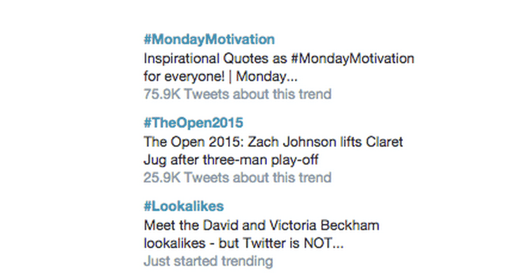
HTML
This is the core of every webpage. The HyperText Markup Language (HTML) is used to create web pages, providing the basic structure of the site. This can be enhanced and modified by other technologies as and when needs be.
Inbound Marketing
Types of marketing that draw visitors in, rather than having to go out and actively reach out to prospects. It’s all about making your company easy to find online, and drawing people to visit your website by producing interesting and helpful content.
Tip – Creating content with your customer’s interests in mind will help to naturally attract inbound traffic that you can convert into active leads.
Infographic
A visual piece of content used as an alternative way of portraying complex topics in a simple and highly visual way.
Landing Page
A landing page is a single, optimised web page usually containing a contact form that is used to generate leads.
Revolving around an offer, announcing services or providing more information on an upcoming event, a landing page is designed specifically to capture visitor information in exchange for a valuable offer (discount, free download etc.)
Lead
A person or company whose shown interest in your company in some way. Perhaps they filled out a form on a landing page, subscribed to your newsletter or called you following a direct mailer.
Gathering leads is vital for every business.
Lead Nurturing
A sequence of marketing communications that seeks to develop your brand relationship with a prospect. The process typically involves qualifying a lead, keeping them engaged and gradually processing them down the sales funnel.
Inbound marketing is key to lead nurturing, helping foster their engagement by providing contextually appropriate information during the various stages of your buying lifecycle.
Mobile Marketing
With online mobile activity now represents 65% of all digital media time, now is the time to explore mobile marketing.
But what exactly is mobile marketing?
Mobile marketing refers to the practice of optimising your marketing activities for mobile devices.
Have you ever visited a webpage on your mobile and you have to zoom in to read the copy? Or the page overspills and have to move from side to side? These are websites that are not optimised for mobile. You have to ensure that your website and content are optimised to your visitor’s needs.
Mobile Optimisation
Mobile optimisation means designing and configuring your website in order for it to be easily read and navigated from mobile devices.
Google now rewards mobile-friendly websites. So if your site isn’t mobile optimised, you will most likely see your Google ranking slide when people search for you, or your area of expertise on mobile.
PPC (pay per click)
A popular digital advertising strategy, where advertisers pay the publisher each time their ad is clicked.
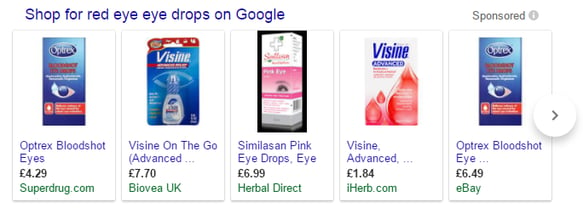
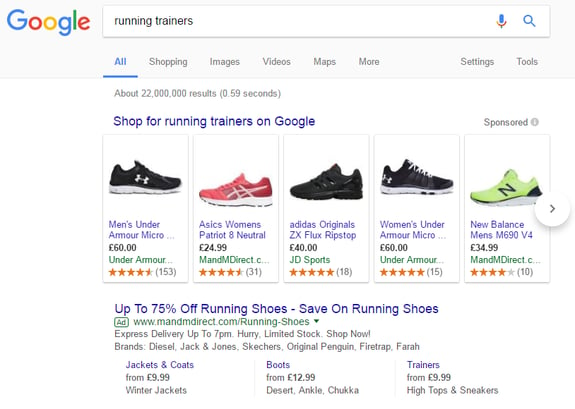
QR Code
A QR code is a particular barcode that is legible by QR barcode readers and/or on apps downloaded onto smartphones or tablets. The code contains black elements in a square pattern. The information encoded may be text, a URL referring them to a dedicated webpage, or other data.
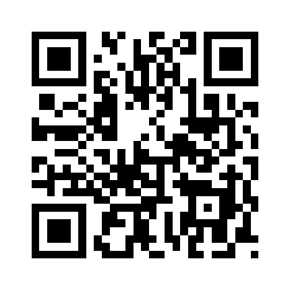
Search Engine Optimisation (SEO)
The practice of enhancing a webpage in order for it to appear in the top search results.
There are countless components you can alter to improve your websites SEO. From using popular keywords to amending your webpages URL – search engines will determine which websites should be in the top search results based on how up-to-date and relevant the content is.
URL
Short for Uniform Resource Locator. This is the website address people type into the search bar to access a specific website. URLs are vital for SEO, as search engines look out for keywords that are included. If a keyword you’re looking to get indexed for is in the URL, you’ll get brownie points from search engines.
Get in touch to find out how we can help you improve your digital marketing efforts in 2017.

